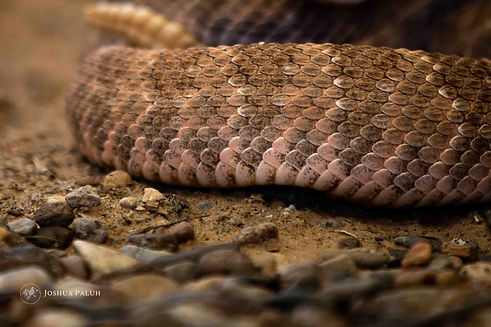Sevilleta National Wildlife Refuge, New Mexico

The summer of 2019, I was a Research Education for Undergrad (REU) student at the Sevilleta NWR. My research projects focused on the importance of science communication. I created social media content, filmed a short documentary, documented individual student projects, produced field guides for Sevilleta reptiles and amphibians, and developed a bee specification poster. Using different media platforms, I found new ways to represent the projects of Bio REU students as well as becoming an education resource for the public who visited the NWR.


Graphic Design Work
For my first project, I collaborated with two Bio students on a field guide for amphibians and reptiles as well as an informative poster on bees. Combined, the field guide and poster included over 50 different species from the Sevilleta. By putting our skillsets together, we were able to merge media and science. I used Lightroom, Photoshop, and InDesign to build the guide and poster.

To create the amphibians and reptile guide, we used a light box method to photograph the species. Ben Camper, the bio herpetology student, was certified to handle the species. While Camper stood ready if they moved, I quickly used a macro lens to capture them in the box. Once we had a collection, Camper wrote the descriptions, and I built the guide from scratch inputing his words as we went.

The bee poster was constructed with Ben Turnley, a student studying the effects of climate on the variety of bee species on the Sevilleta. As Turnley worked, he realized there wasn't an effective guide for distinguishing the bee species. Working together, we photographed each bee species with my Canon 5D and a microscope adapter. Using his bee expertise and my graphic design, we created a resource for the public and science communities.

For my second project, I spent over 50 hours in the field observing and being the shadow of two students studying the Scott’s Oriole. I conducted interviews, documented the students and wildlife, and learned how to create soundscapes with my mic equipment. In addition to using my Canon 5d for filming, I also completed the FAA Part 107 certification so I could fly my drone for aerial shots. With the footage I collected, I created a small documentary that represented the process of research. Check out above!

My third project was documenting student research to be used for online environmental education purposes. I spent a day with each student, photographing their research and taking notes on the work they were completing. This was then posted on the Sevilleta NWR as well as the research station's social media pages. The imagery was also used in individual student presentations and papers.



My hope is that my art will help educate the public on the importance of research being done on the Sevilleta as well as inspire the next generation of scientists and artists. At first, I struggled to find a direction with my project but soon realized that you can’t force creativity. I learned quickly to go out and be involved in as many projects as I could and my summer at the refuge flew by. I shot my best work when I least expected it. As an environmental student and photographer, I feel that science needs to have a visual outlet. The marriage between science and art is crucial to making environmental change. We are storytellers in our nature and imagery allows us to create connections between our lives and the science that occurs in places like the Sevilleta.
















